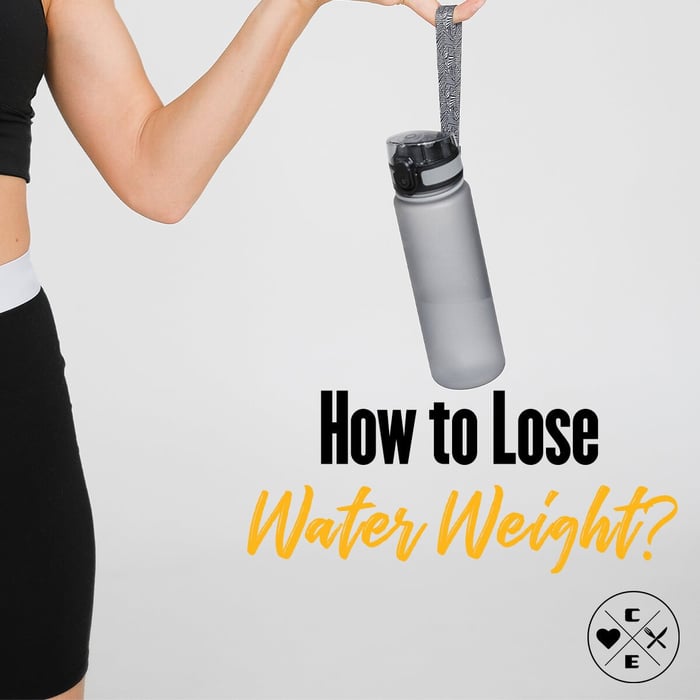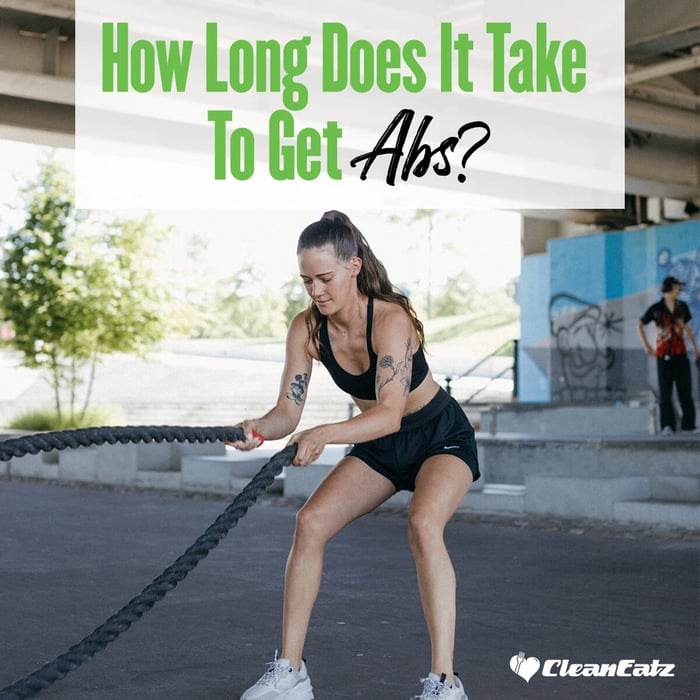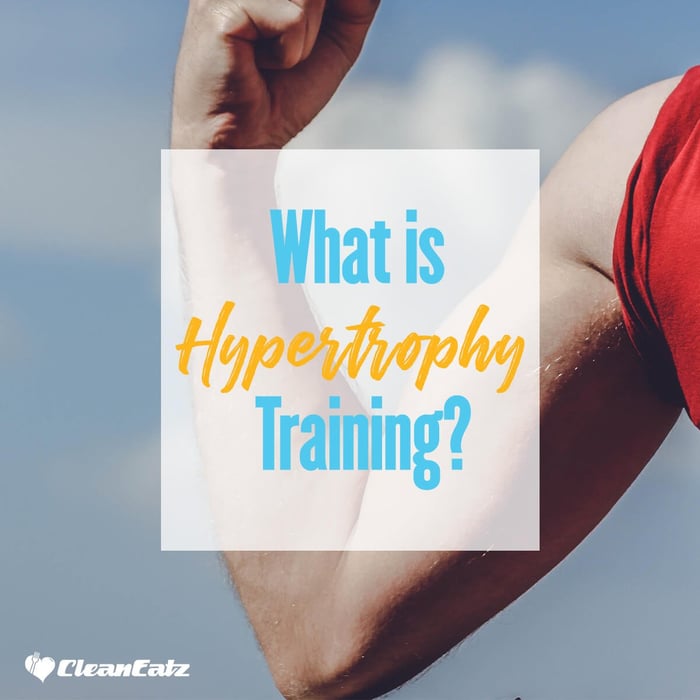What “water weight” is (and isn’t)
Water weight is fluid your body is holding in tissues or with stored carbohydrate (glycogen). It changes quickly and can hide true fat-loss progress on the scale. Each gram of muscle glycogen is stored with roughly ~3 g of water, so higher-carb meals or glycogen refills can bump scale weight without adding fat.1, 2, 3
Common causes of water retention
- High sodium intake from restaurant/packaged foods.4
- Carb swings (very low → very high) because glycogen binds water.1, 2
- Menstrual cycle shifts (PMS-related fluid retention).5
- Travel, heat, inactivity, new training soreness (temporary shifts).
- Medical causes (heart, kidney, liver disease; meds). See when to seek care below.6
How to safely lose water weight
- Dial back sodium. Aim under 2,300 mg/day (many adults benefit from moving toward ~1,500 mg). Check labels and cook more at home.4
- Keep carbs consistent for a week. Instead of big swings, pick a steady daily range so glycogen-linked water stabilizes. If you’re low-carb, expect a quick early drop (water) then slower fat loss.1, 2
- Hydrate (don’t overdo). Most adults do well around ~3.7 L/day (men) and ~2.7 L/day (women) total water from drinks + foods; adjust for climate and activity. Pale-yellow urine is a simple cue.7, 8, 9
- Eat potassium-rich whole foods (if you don’t have kidney disease): beans, potatoes, leafy greens, fruit, yogurt. Potassium helps counter sodium’s effects on fluid balance and blood pressure.10, 11
- Move more. Walking and light cardio improve circulation; training can briefly dehydrate you via sweat (rehydrate afterward).
- Limit alcohol and late caffeine. Both can disrupt sleep and fluid balance; protect sleep to keep hormones and appetite on track.12
- Skip DIY “water pills.” Over-the-counter or prescription diuretics are for medical conditions and can cause electrolyte issues if misused. Talk to your clinician—especially if you have swelling in feet/legs, shortness of breath, or new, persistent edema.13, 6
Working on fat loss too? Pair these steps with a gentle calorie deficit and enough protein. Try our calorie-goal guide, compare portion vs. calorie counting, or start with our best weight-loss program. For training fuel/water-weight insights, see post-workout carbs and keto stalls.
A gentle 24–48 hour de-bloat plan
- Meals: Prioritize lean protein + produce + whole-grain or starchy veg (measured). Keep sauces simple (lemon, herbs, olive oil spray).
- Sodium: Keep meals ~400–600 mg each; avoid takeout, cured meats, heavy sauces.
- Carbs: Stay consistent (don’t crash low, don’t over-refeed).
- Fluids: Sip water across the day; include hydrating foods (berries, citrus, cucumbers, yogurt). Stop drinking to comfort ~2–3 h before bed.
- Activity: Easy walk after meals; light mobility. Rehydrate if you sweat.
- Sleep: Aim 7–9 h; avoid caffeine within ~6 h of bedtime.12
FAQs
How fast can I lose water weight?
Within 24–72 hours you may see the scale drop as sodium and glycogen normalize. That isn’t fat—just fluid. Keep your habits steady to see true fat-loss trends.
Should I cut carbs to drop water?
Going very low-carb will lower glycogen (and water) quickly—helpful for a weigh-in but not required for fat loss. Most people do better keeping carbs consistent day-to-day.1
Which foods help?
Potassium-rich choices (beans, potatoes, leafy greens, bananas, yogurt) and minimally processed meals. If you have kidney disease or take certain meds, ask your clinician first.10, 11
When should I see a doctor?
If swelling is new, one-sided, painful, persistent, or paired with symptoms like shortness of breath, chest pain, or rapid weight gain, seek medical care to rule out heart, kidney, liver, or clot issues.6
References
- Murray B. Fundamentals of glycogen metabolism—~3 g water per 1 g glycogen. PMC.
- Fernández-Elías V, et al. Muscle water & glycogen recovery; ≥3 g water per g glycogen. PubMed.
- Olsson K, Saltin B. Body water varies with glycogen changes (classic data). PubMed.
- American Heart Association — Sodium: aim <2,300 mg/day; many benefit from ~1,500 mg. heart.org.
- White CP, et al. Fluid retention varies across the menstrual cycle. PMC.
- NHS — Oedema (swelling): causes, self-care, and when to see a GP. nhs.uk.
- National Academies — Dietary Reference Intakes for Water (AIs: ~3.7 L men, ~2.7 L women total water). nap.nationalacademies.org.
- AHA — Staying hydrated supports heart & muscle function. heart.org.
- CDC/NIOSH — Urine-color charts help gauge hydration (darker = more dehydrated). cdc.gov.
- AHA — Potassium helps blunt sodium’s effects; focus on foods. heart.org.
- National Kidney Foundation — Potassium & CKD: monitor intake with your care team. kidney.org.
- AASM/JCSM — Caffeine even 6 h before bed can disrupt sleep. jcsm.aasm.org.
- FDA & medical guidance — Diuretics carry risks and are not weight-loss drugs; use only under medical supervision. fda.gov
- Peng AW, et al. Higher sodium intake associated with more bloating; DASH pattern helps. PMC.
Educational content only; not medical advice.




